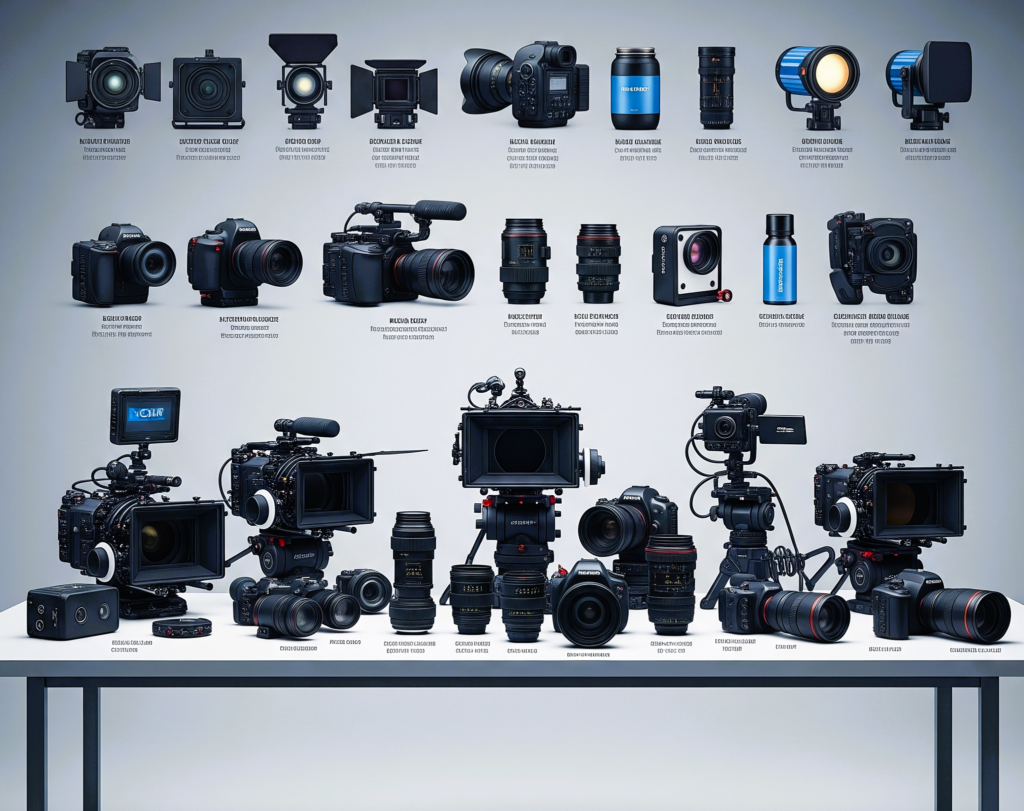
Cinematography Equipment Guide: Essential Tools for Any Future DOP
Cinematography is a kind of art that demands not only imagination and foresight, but also the appropriate equipment to realize your vision. Knowing the basic tools for cinematography is critical for producing breathtaking images, regardless of your level of experience. The main parts of cinematography equipment, their uses, and their contributions to the filmmaking process will all be covered in this blog.
1. Cameras
The central component of any cinematography setup is the camera. The requirements of your project, your budget, and your preferred style all play a role in selecting the best camera.
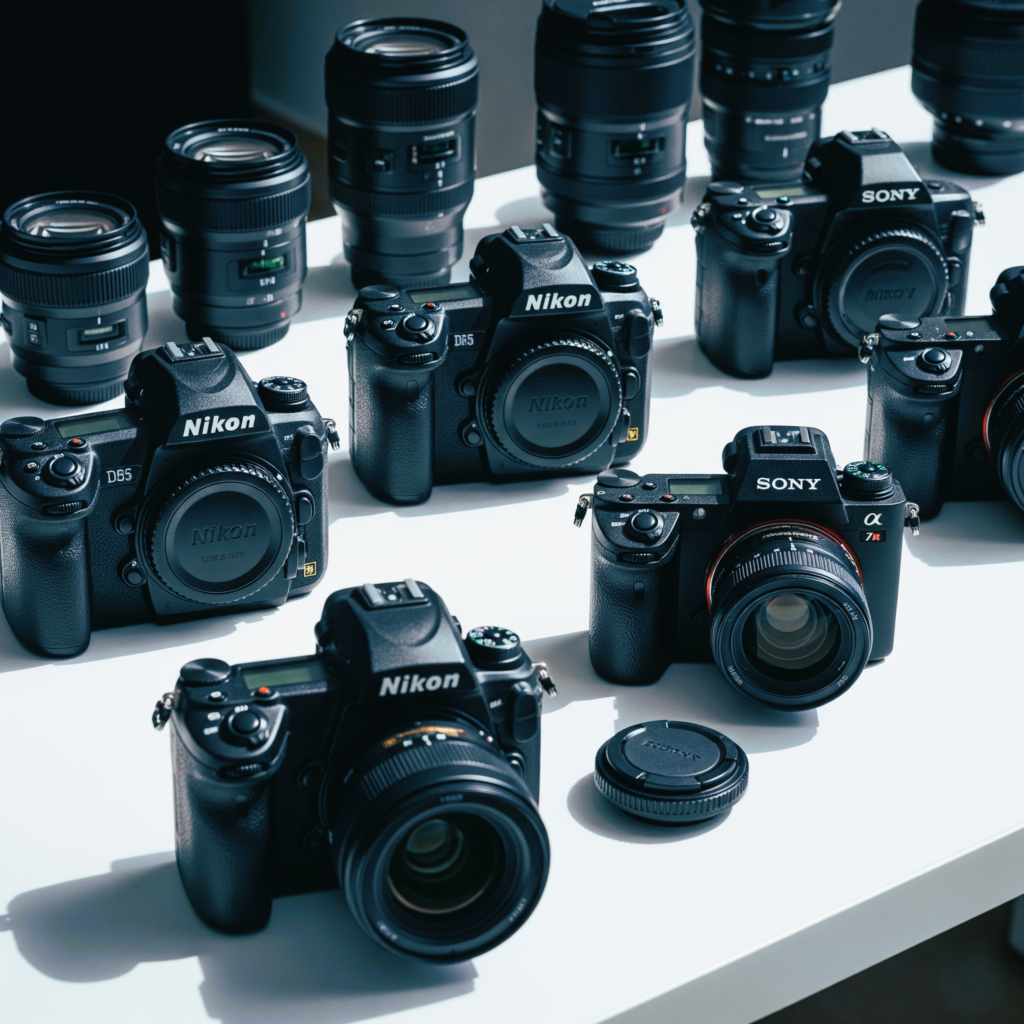
- Independent filmmakers frequently use DSLR and mirrorless cameras because of their cost and adaptability. They have high-quality video capability and interchangeable lenses.
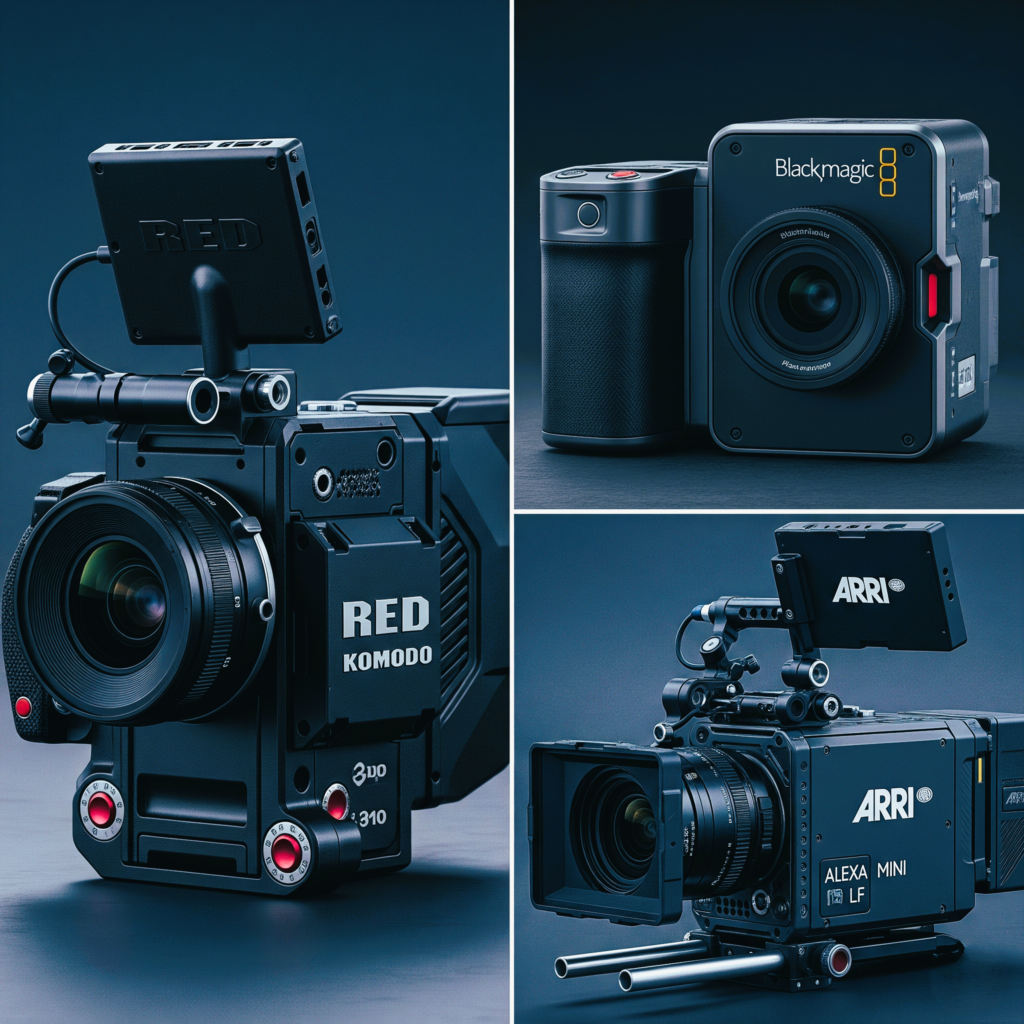
- Cinema Cameras: Made especially for filmmaking, cinema cameras (including RED, ARRI Alexa, and Blackmagic) offer professional features like RAW recording, dynamic range, and excellent picture quality.

- Camcorders: Perfect for documentaries and events, camcorders are easy to use and frequently have zoom and stabilization built in.
2. Lenses
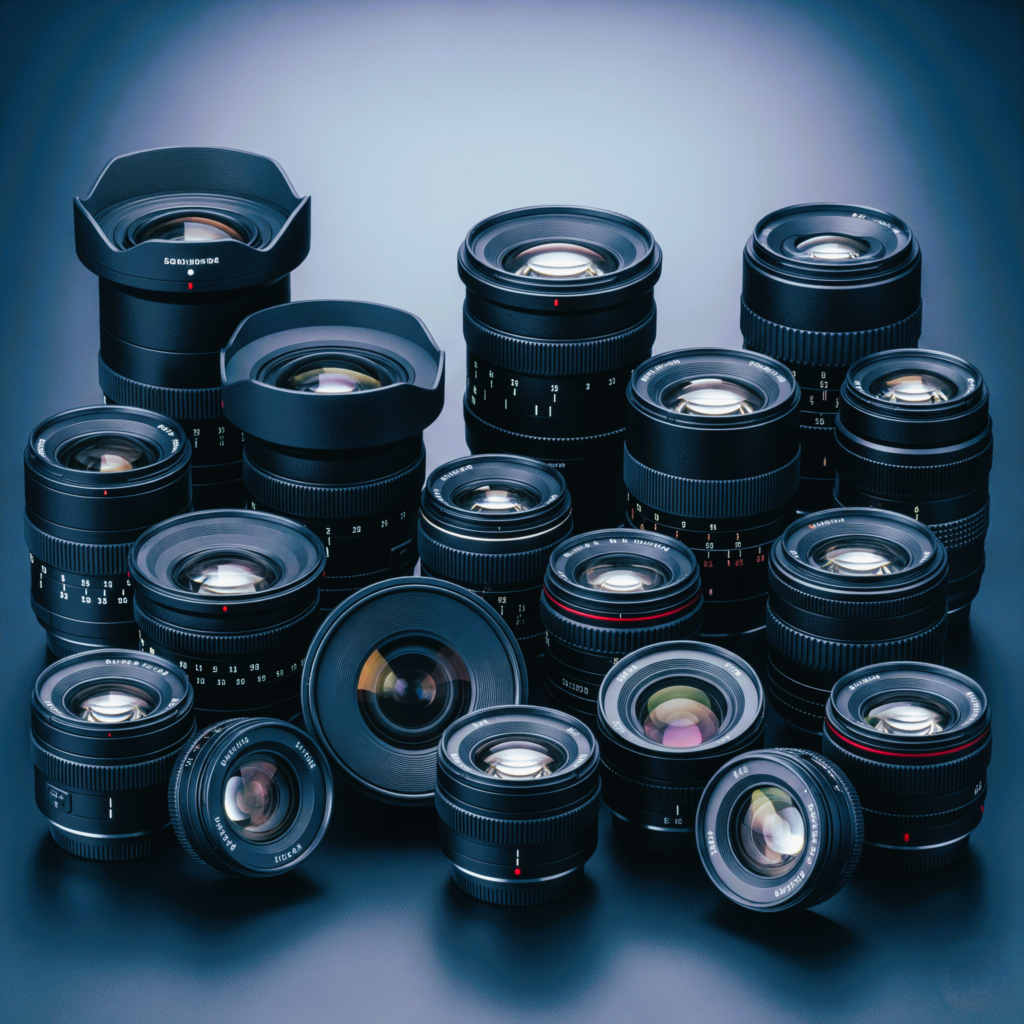
Lenses play a crucial role in determining the look and feel of your shots. Different lenses can create various effects, so it’s essential to understand their characteristics.
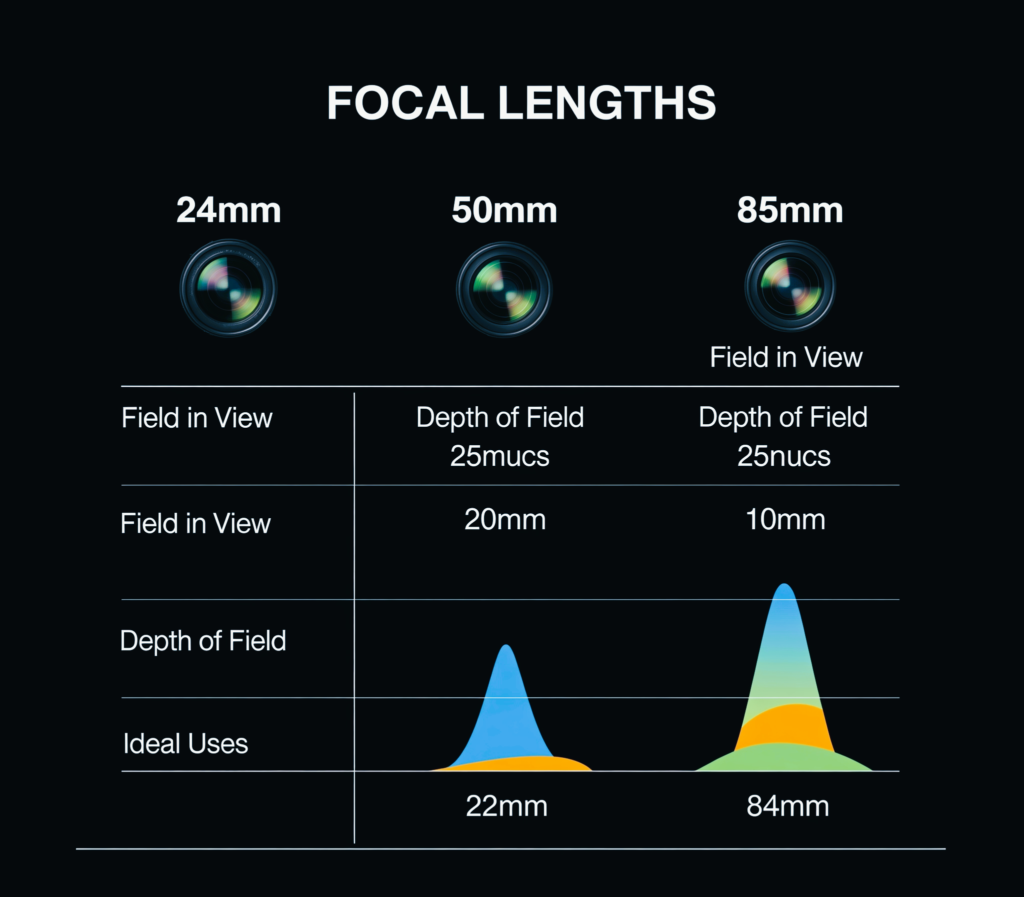
- Prime lenses: renowned for their clarity and low-light capabilities, these lenses feature a fixed focal length. The focal lengths of 24 mm, 50 mm, and 85 mm are common.
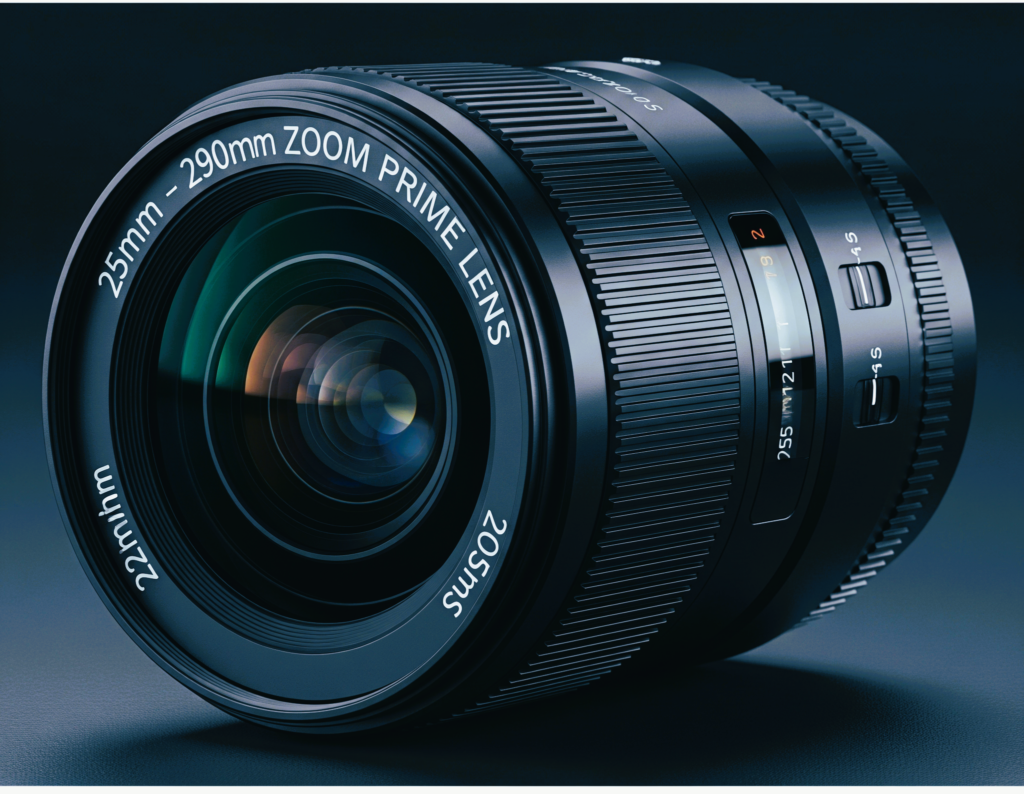
- Zoom Lenses: Having adjustable focal lengths, zoom lenses provide you the freedom to frame images without switching lenses. When filming in dynamic conditions, they work well.
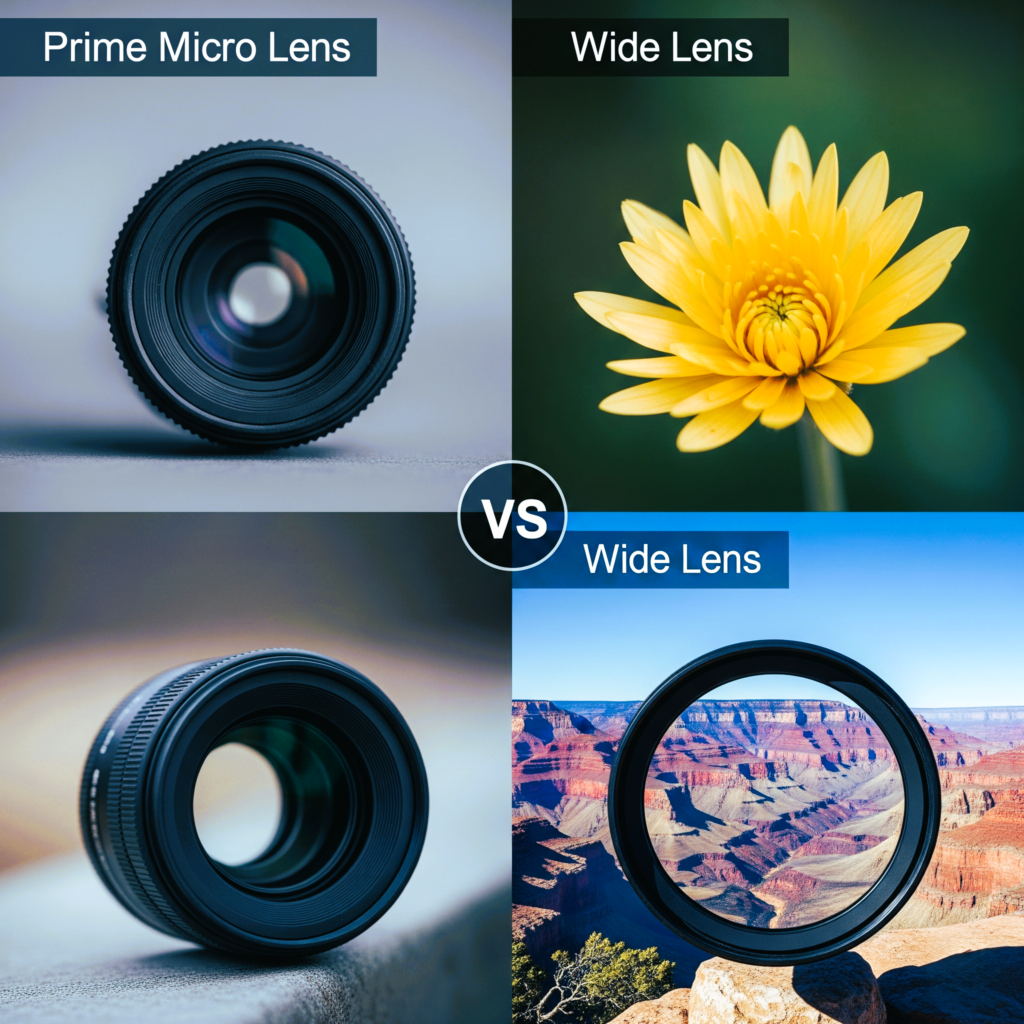
- Specialty Lenses: Use macro lenses for extremely close-up shots or wide-angle lenses for wide-angle vistas. You may add a distinct touch to your cinematography with each type of lens.
3. Tripods and Stabilizers
In cinematography, stability is crucial, and having the appropriate support gear may have a big impact.
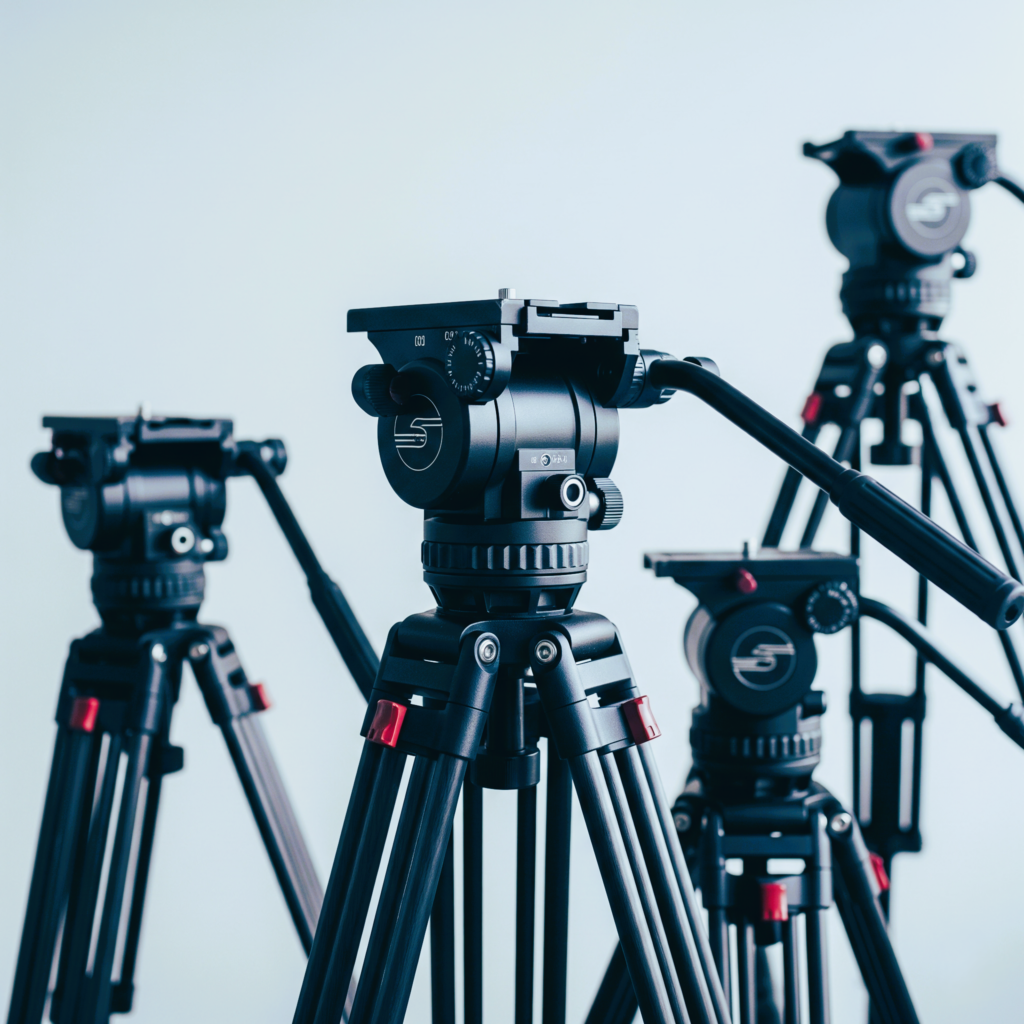
- Tripods: For still photos, a strong tripod is necessary. To ensure seamless tilting and panning, look for tripods with fluid heads.
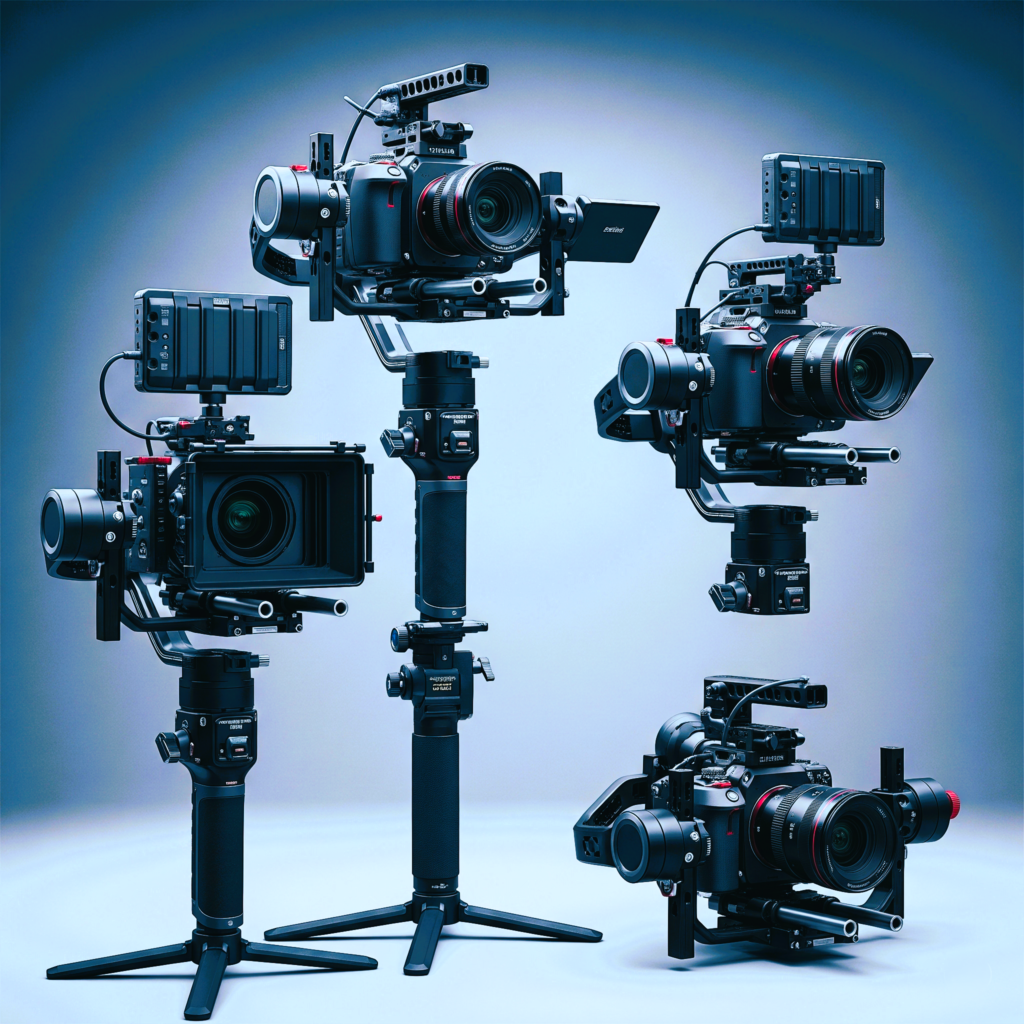
- Gimbals: When running or walking, these electrical stabilizers assist produce fluid, dramatic motions. For action scenes and dynamic shots, they are ideal.
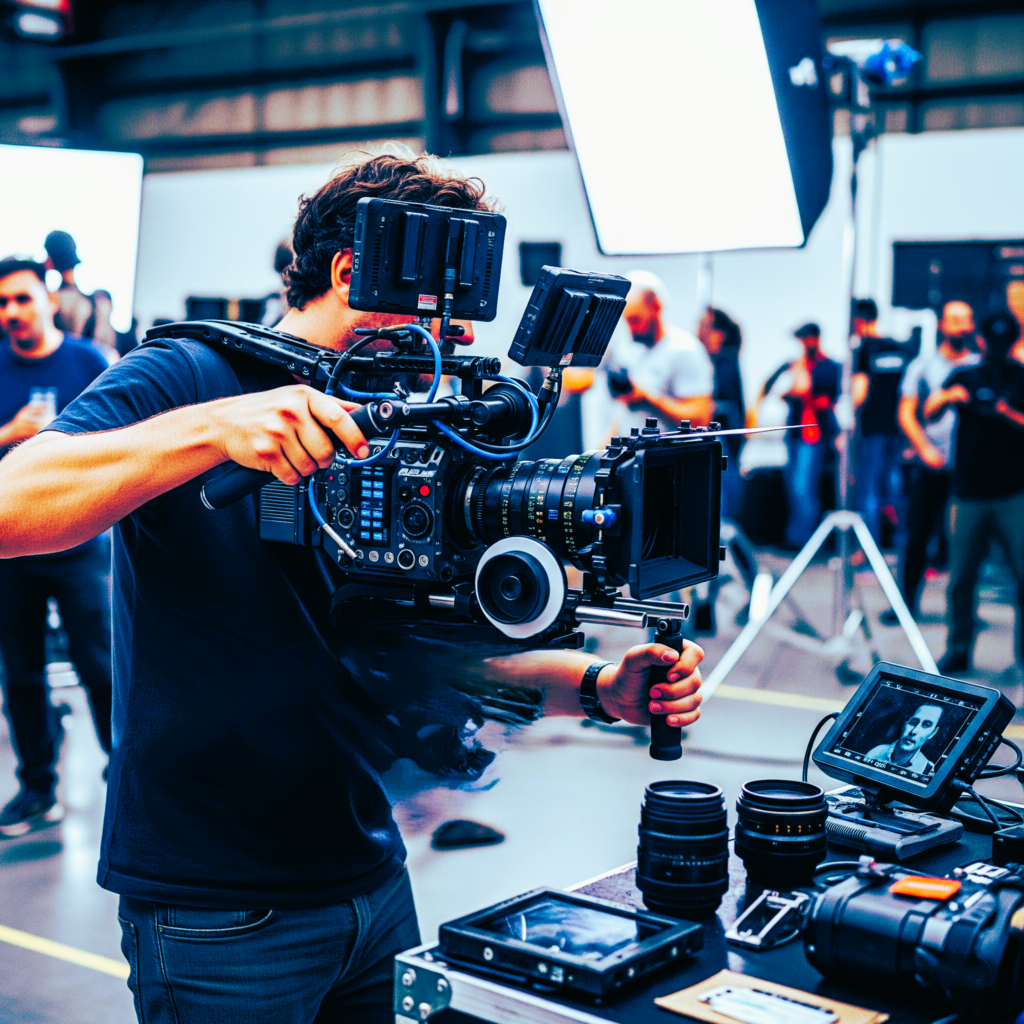
- Shoulder Rigs: These stabilize handheld cameras, giving you more comfort and control during extended takes.
4. Light Things
Lighting establishes the tone and atmosphere of your settings. Every cinematographer has to know how to work with light.
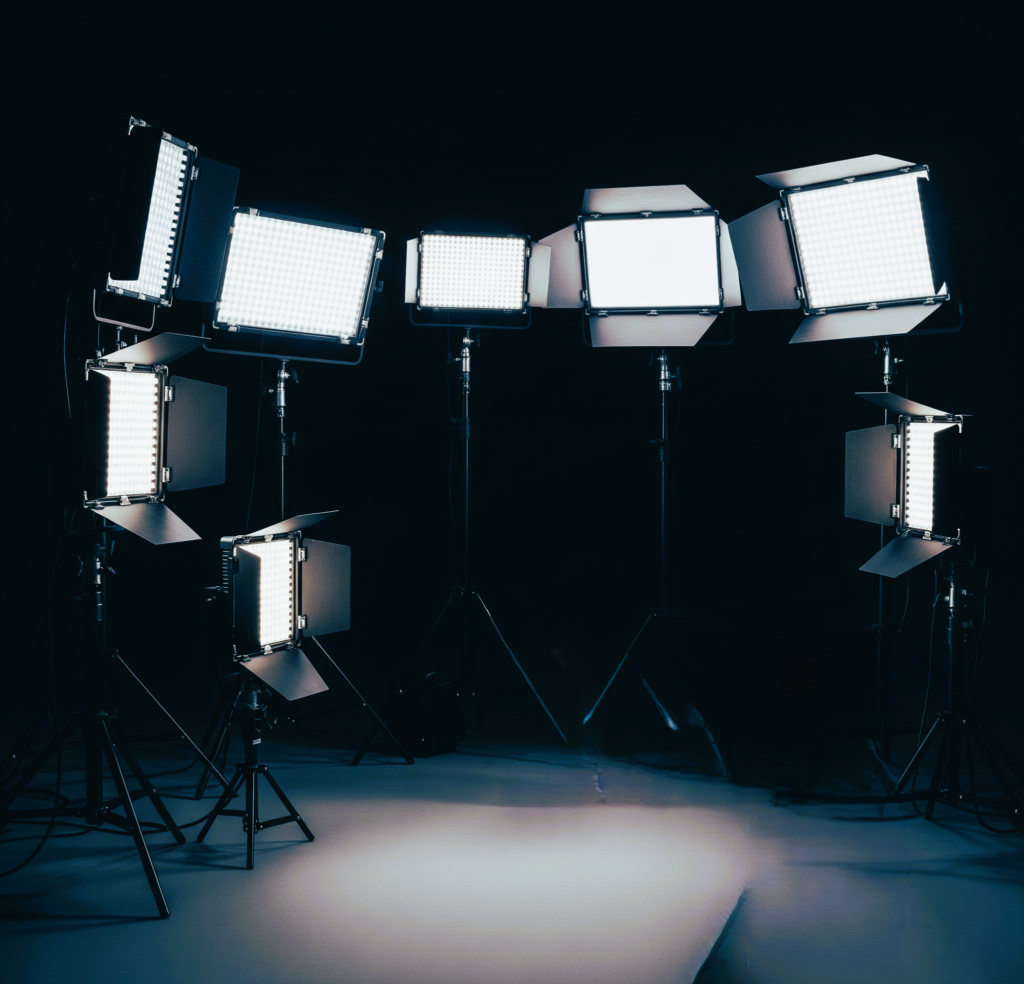
- LED Lights: These energy-efficient and versatile lights include adjustable color temperature and intensity settings. Both inside and outdoor shooting are excellent with these.

- Softboxes and diffusers are equipment that assist soften harsh light so that subjects appear more attractive. They are necessary for close-ups and interviews.
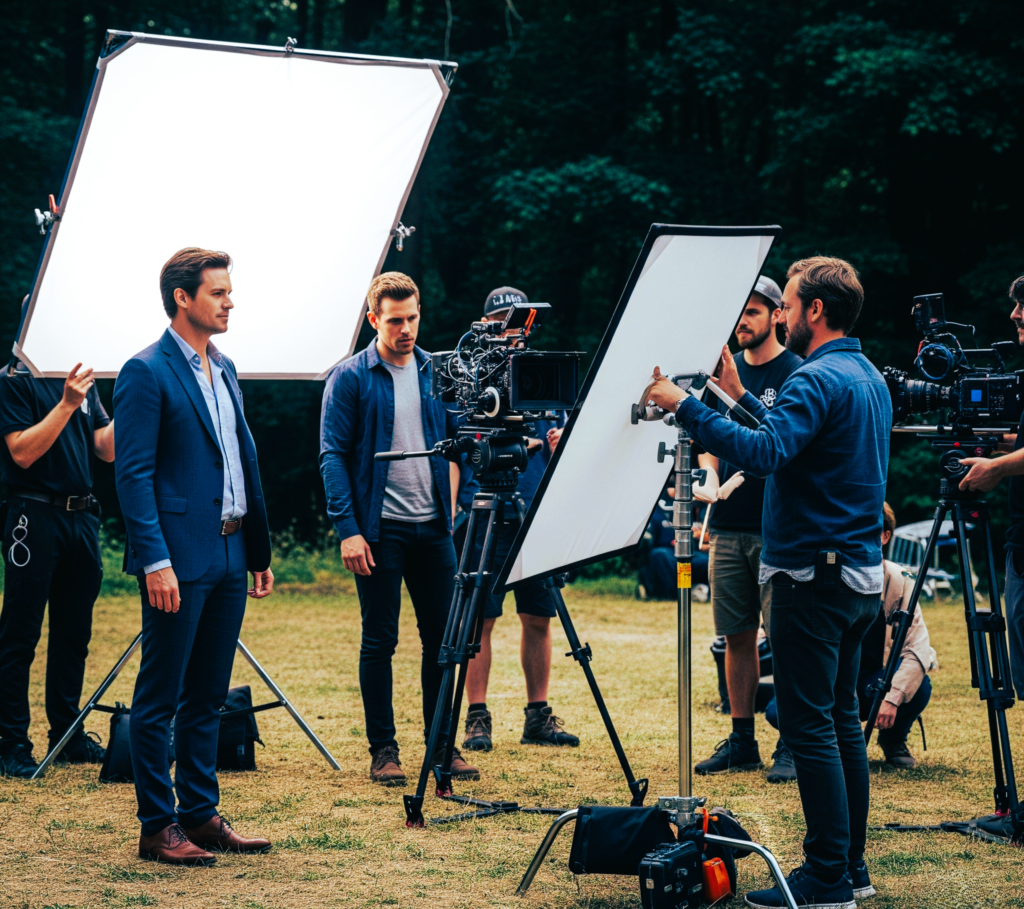
- Reflectors: Reflectors fill in shadows and give your photos depth by reflecting light onto your subject. They are an affordable method to add more natural light.
5. Sound Equipment
In filmmaking, good audio is equally as crucial as good graphics. Your production might be improved by making a decent audio equipment investment.
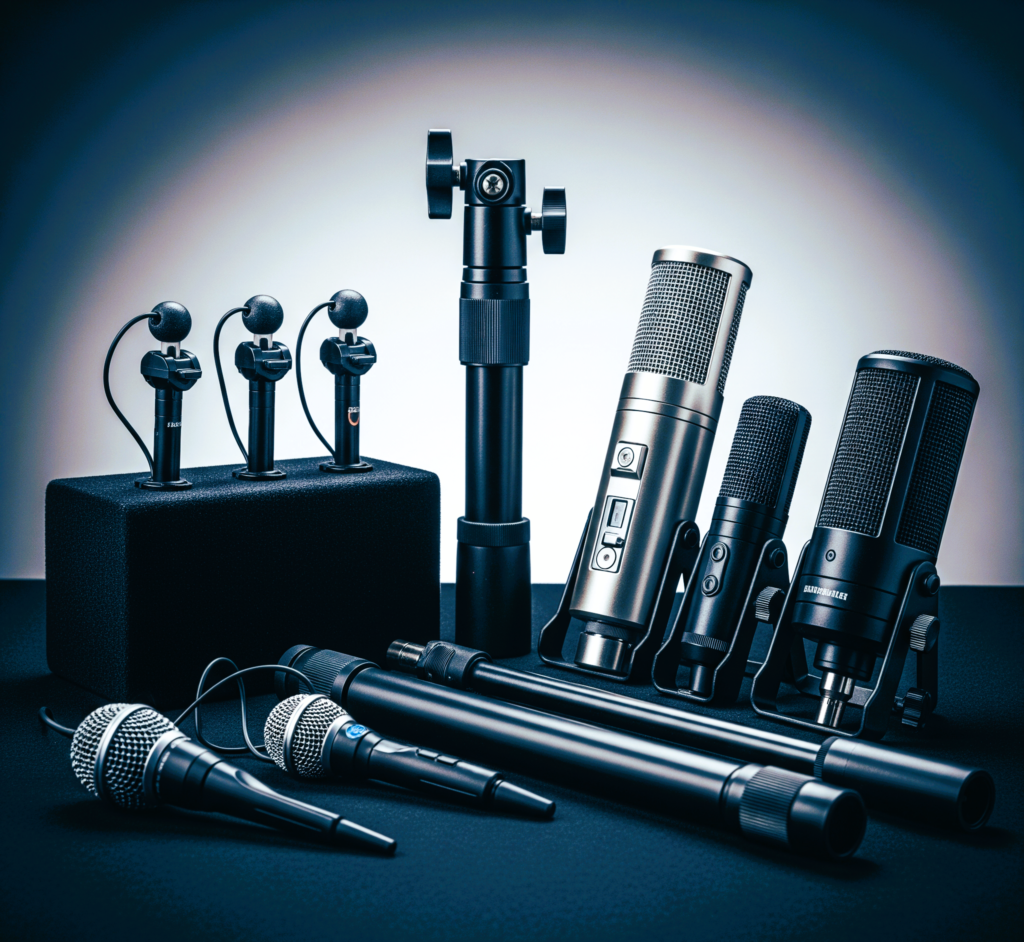
- mics: Use lavalier mics for interviews and shotgun microphones for capturing directed sound. A boom pole could be useful for improved placement.
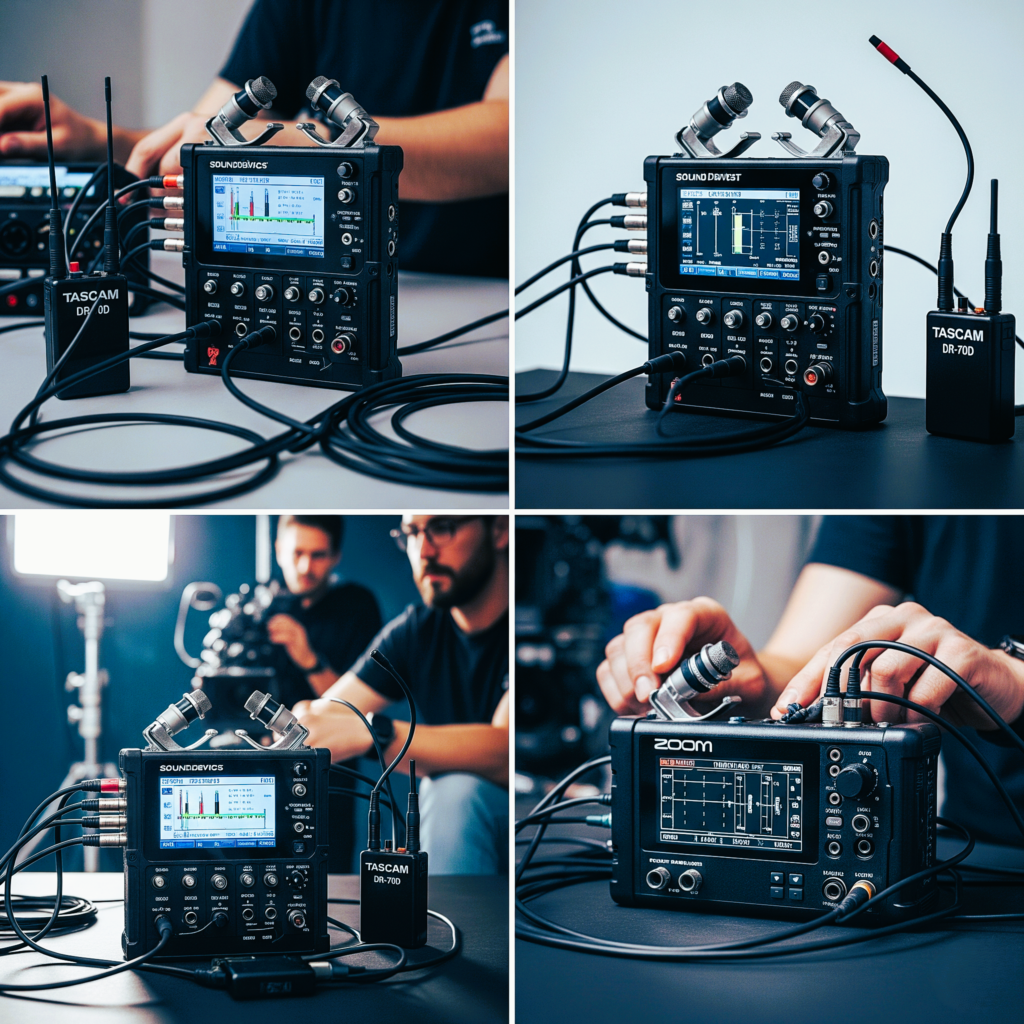
- External audio recorders are superior to built-in camera mics in terms of sound quality. To increase adaptability, look for models with a variety of input choices.
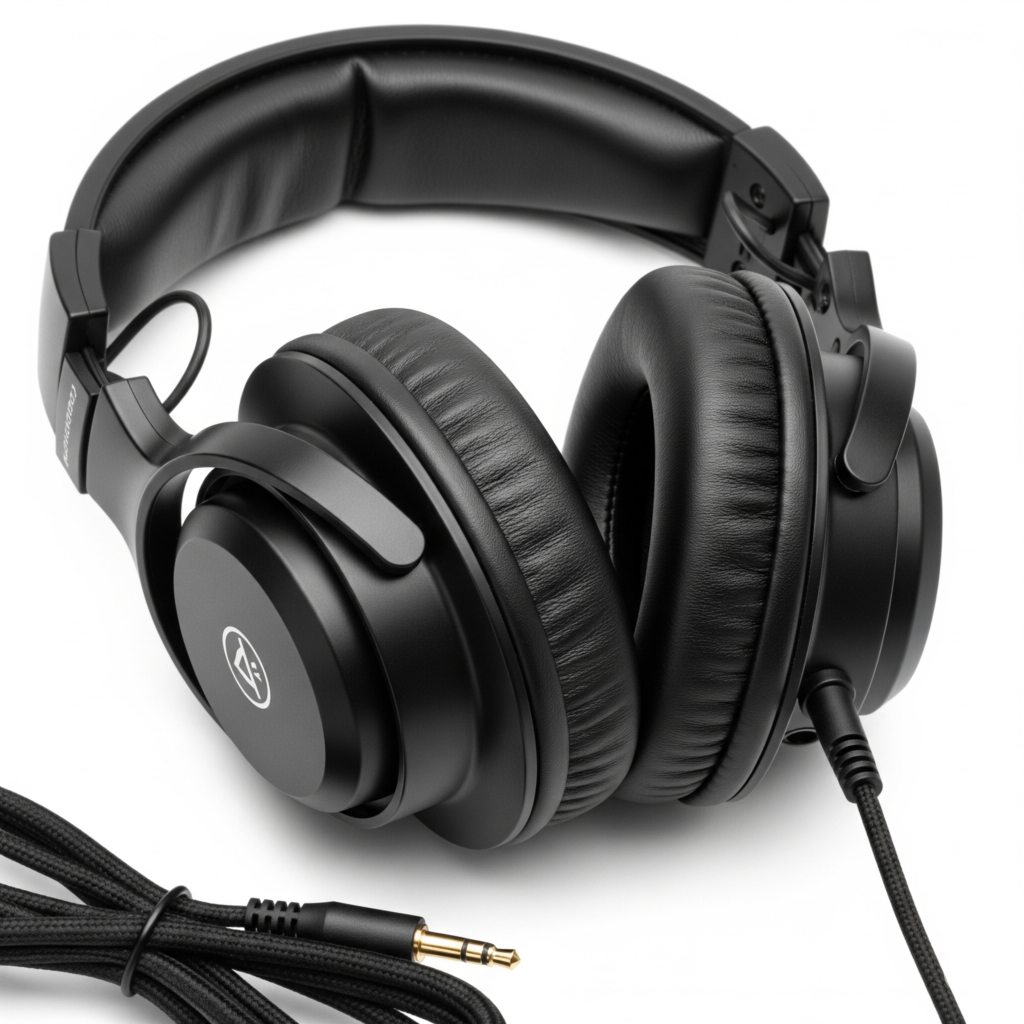
- Headphones: It is essential to monitor audio when recording. To guarantee clarity and isolate sound, spend money on closed-back headphones.
6. Software for Post-Production
After shooting is over, post-production software is necessary for editing and improving your video.
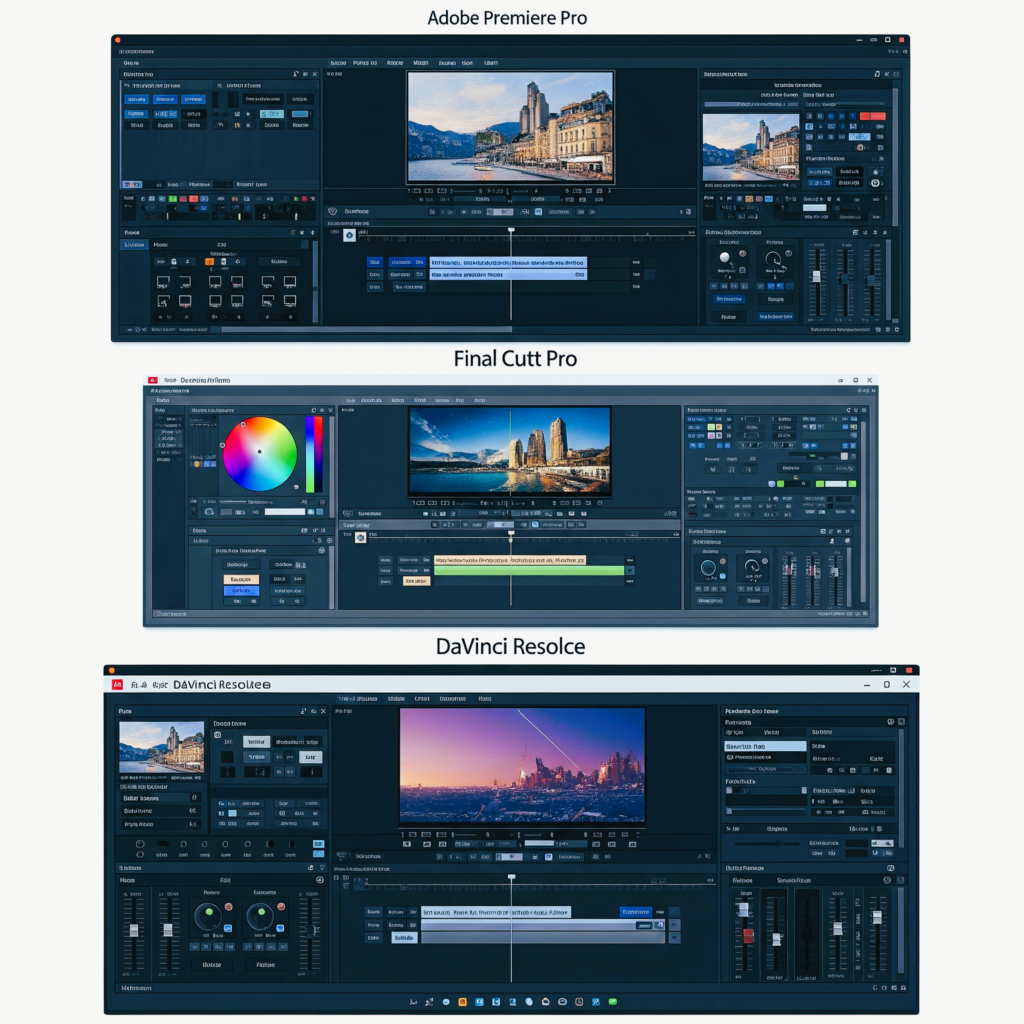
- Video editing software: For cutting, color grading, and effect addition, programs like as Adobe Premiere Pro, Final Cut Pro, and DaVinci Resolve provide strong editing capabilities.
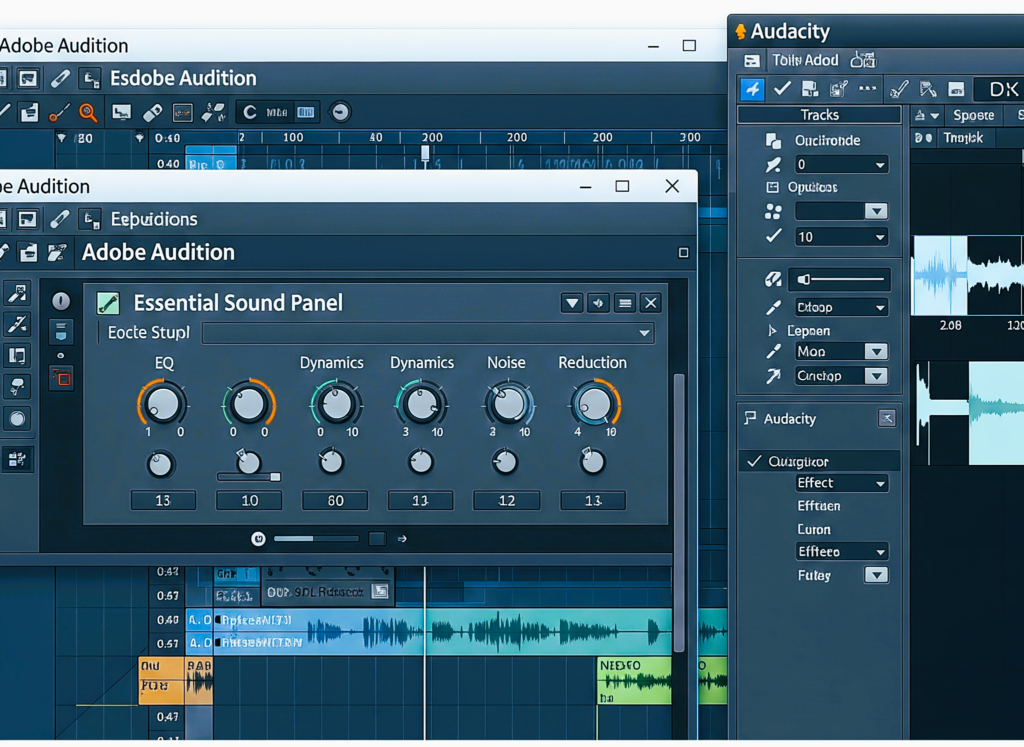
- Audio editing software: To improve and clean up your audio recordings, use programs like Adobe Audition or Audacity.
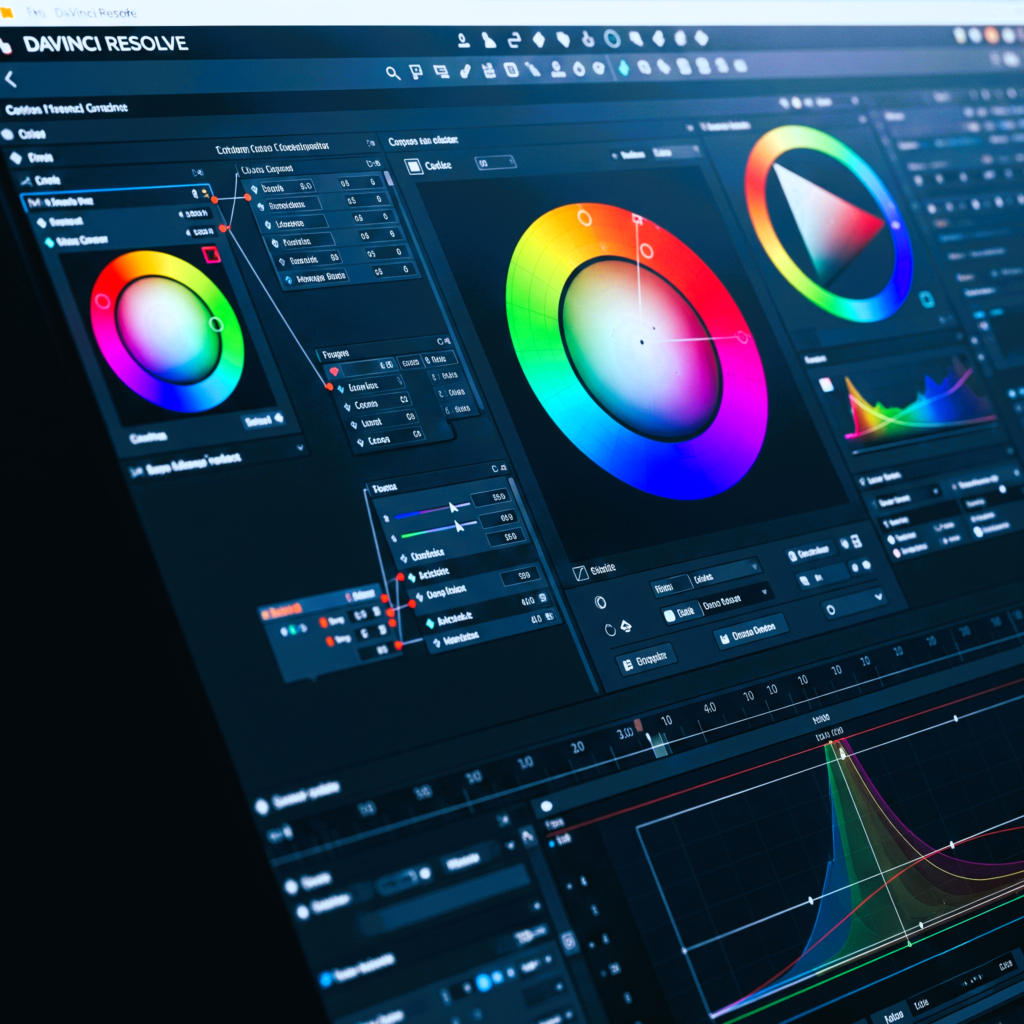
- Software for color grading: Getting the right appearance for your movie depends on color grading. DaVinci Resolve is a well-liked option for expert color grading.
In conclusion
To realize your artistic vision, you must invest in the appropriate cinematography equipment. Although purchasing the priciest equipment may seem alluring, keep in mind that the core of filmmaking is creativity and narrative. Start with the basics, then add more tools to your arsenal as you get more expertise so that it fits your projects and personal style.
Whether you’re filming a commercial, documentary, or short film, knowing your gear will enable you to produce visually striking content that appeals to your target audience. Enjoy your filming!
Leave a comment below with your opinions or experiences with cinematography equipment!
#VisualStorytelling #EquipmentGuide #Cinematography #Filmmaking #FilmProduction
Visual Storyteller and Director of Photography,
Vimall S Mishra